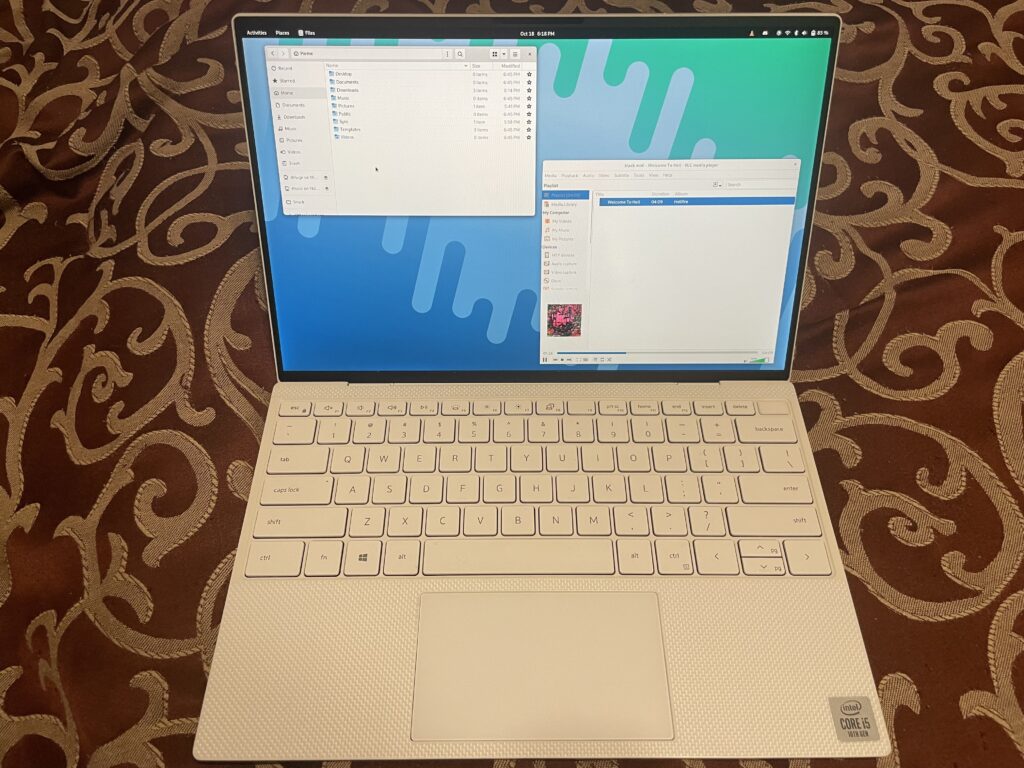Windows 98 runs surprisingly well in QEMU via UTM SE, but it requires some care in setting it up. It’s a great way to run old 90s Windows and DOS software on your iPad (and Mac too, though you have other options available to you, or an iPhone if you don’t mind the HID difficulties).
This post provides some suggestions and tips for installing Windows and selecting the best emulated devices. The guidance is intended for UTM users on Apple platforms, but should apply to anything QEMU based (or QEMU itself). The advice might also be useful for other operating systems in UTM/QEMU as well.


